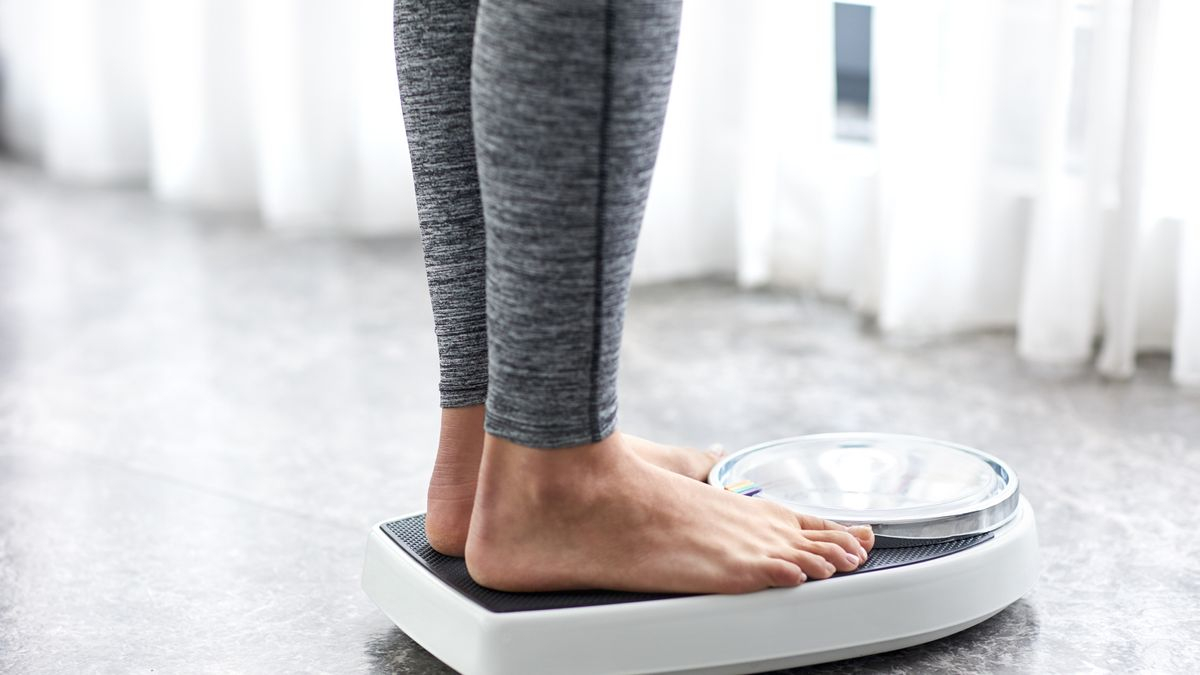Sustainable Weight Loss: Healthy, Steady Progress over Quick Fixes
Embarking on a weight loss journey is a unique process that needs to mirror the uniqueness of your own physicality and lifestyle – it is not a one-and-done swift alteration, but a path best characterized by healthy, slow, intentional steps forward. “Sustainable Weight Loss: Healthy, Steady Progress over Quick Fixes” acknowledges the multi-faceted nature of weight loss, inspecting the different factors that contribute to how much one can safely lose in a month – these can include age, sex, starting weight, dietary habits, and exercise routines. By highlighting how nutrition and exercise intertwine to lead to meaningful weight loss, the article demystifies the drastic dietary changes often associated with weight loss, such as the trendy keto diet or intermittent fasting. Instead, it emphasizes sustainable modifications like meal tracking, swapping out processed foods for whole foods, and maintaining a caloric deficit, to help you shed one-two pounds per week for a manageable, long-term transformation.
Understanding the Fundamentals of Weight Loss
Getting to grips with weight loss is your first step to reach your goal. It’s important for you, however, to differentiate between healthy and unhealthy weight loss. Healthy weight loss should be gradual and sustainable, often a result of balanced nutrition and regular exercise. Unhealthy weight loss may have harmful effects on your body and may not be sustainable. This could be crash diets, excess workout without proper nutrition or even using pills for instant results. Remember, the gold standard in weight loss approach is slow and steady.
Factors that affect weight loss range from your age and gender to your starting weight and your diet. Other factors include your exercise routine, lifestyle, stress levels and even sleep pattern. And don’t forget your metabolism. It plays an enormous role in weight loss, as it’s basically your body’s engine. The faster your metabolism, the more calories you burn and hence, the easier it is for you to lose weight.
How Much Weight Loss is Healthy
Aiming to lose weight? Yes, but how much? And how quickly? Here’s where factors like your gender, age, starting weight, and exercise habits come in. It’s also necessary to understand the difference between losing water weight and fat. An initial rapid weight loss may just be water loss, not actual fat. Safety is also key here – the general guideline indicates a healthy weight loss pace of one to two pounds per week.
Dangers of Extreme Calorie Restriction
When it comes to weight loss, less is not always more. Consuming 600 or fewer calories a day is not an advisable strategy. It may not only make you lethargic, but also hamper your physical activities. More importantly, such extreme calorie restriction could have long-term health consequences, like nutrient deficiencies.
Analyzing Rapid-Weight Loss Diets
Take a moment to understand the impact of rapid weight loss diets like the Keto diet and intermittent fasting. While these may offer quick results, it’s often temporary, with most of it potentially being just water weight. It’s always best to assess the pros and cons of these diets thoroughly before you embark on any kind of drastic dietary changes.

Practical Tips for Nutritional Adjustment
Nutrition plays a massive role in your weight loss journey. Helpful strategies include meal tracking, swapping processed foods with whole foods, increasing your fiber intake and reducing sugary beverages. Cooking your own meals can help you maintain a healthy diet, and don’t forget about staying hydrated – drink plenty of water!
Role of Exercise in Sustainable Weight Loss
Exercise without caloric adjustment might not yield the desired result. The key is to strike a balance. There’s a whole bucket load of exercises that can boost weight loss. From treadmill or elliptical workouts to daily 10,000 steps targets, short high-intensity interval training sessions, or strength training sessions – it’s all about finding what works best for you and committing to it regularly.
Realistic Weight Loss Goals
No two individuals are alike, and so this idea extends to your weight loss journey. While the optimal rate of weight loss is generally between one to two pounds per week, individuals with more to lose can safely lose up to 20 pounds in a month. But remember, some of this weight loss could be water weight.
Importance of a Balanced Calorie Intake
Going on a very low-calorie diet is not the best strategy for weight loss. You need to keep up your energy levels to stay active, and a calorie count below 1,200 a day may not cut it. The best way forward is to find a sustainable calorie intake that enables weight loss without causing fatigue.

Benefits of Sustainable Weight Loss over Quick Fixes
Slick marketing might make quick fixes tempting, but sustainable weight loss offers long-term dividends – better body composition and overall wellness. Stepping away from scale obsession and embracing a holistic body approach can lead to more satisfying and long-lasting results.
The Bottom Line for Healthy Weight Loss
Weight loss is a journey fraught with its fair share of challenges. Setting realistic timelines, maintaining steady progress, and embracing sustainable lifestyle changes over temporary diets is key.
Remember, weight loss is a marathon, not a sprint, and the real winner is not just thinner, but healthier and happier, too!



Pingback: Healthy Strategies With T Cut Scratch Remover For Losing Weight